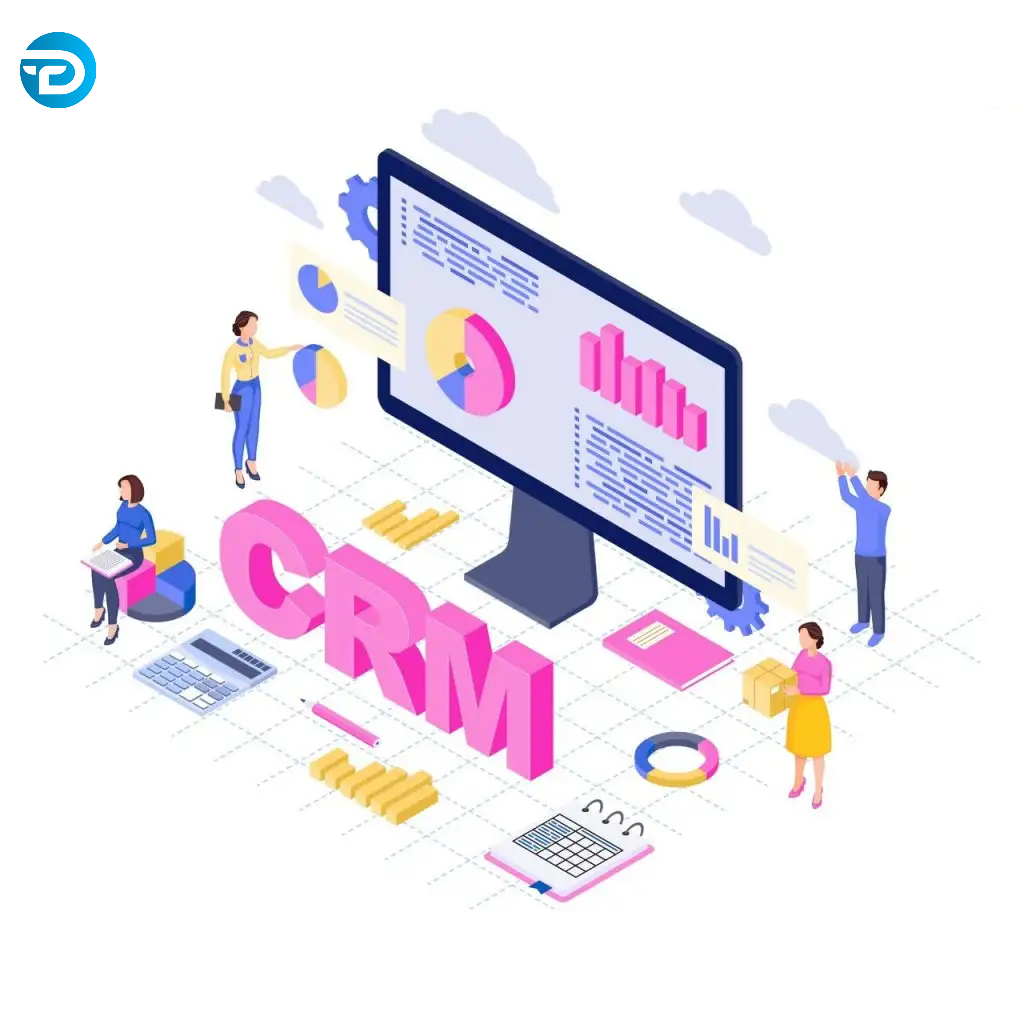
1. Kickoff Meeting and Project Initiation
- Schedule Meeting: Arrange a kickoff meeting involving key stakeholders, project team members, and the client.
- Introduction: Introduce the project objectives, scope, roles, responsibilities, and expected outcomes.
- Agreement Confirmation: Review and confirm the project scope, timeline, and deliverables based on the order received.
2. Requirement Gathering and Analysis
- Client Consultation: Engage with the client to gather detailed requirements, including business processes, workflows, and specific CRM needs.
- Documentation: Document requirements in a detailed scope of work (SOW) or requirements specification document.
- Alignment: Ensure alignment between client expectations and proposed CRM functionalities.
3. Project Planning and Resource Allocation
- Project Plan Creation: Develop a comprehensive project plan outlining tasks, timelines, milestones, and dependencies.
- Resource Allocation: Allocate necessary resources including project team members, budget, and technology infrastructure.
- Risk Assessment: Identify potential risks and mitigation strategies for successful implementation.
4. Customization and Configuration
- Customization Plan: Develop a customization plan to tailor the CRM platform to meet specific business processes and requirements.
- Configuration: Configure the CRM system based on documented requirements, including data fields, workflows, and integrations.
- Data Migration Strategy: Plan and execute data migration from existing systems to the new CRM platform.
5. Training and Change Management
- Training Strategy: Develop a training strategy for end-users and administrators on CRM usage, features, and best practices.
- User Adoption Plan: Implement change management strategies to foster user adoption and minimize resistance to CRM implementation.
- Documentation: Create user manuals, training materials, and documentation to support ongoing CRM usage.
6. Testing and Quality Assurance
- Test Plan: Develop a comprehensive test plan covering functional, integration, and performance testing of the CRM system.
- Testing Execution: Conduct rigorous testing to ensure the CRM meets specified requirements and performs as expected.
- Bug Fixing: Address and resolve any issues or bugs identified during the testing phases.
7. Deployment and Go-Live
- Deployment Strategy: Develop a deployment strategy, whether phased rollout or full deployment, based on project scope and client readiness.
- Go-Live Preparation: Prepare for go-live by ensuring all configurations, data migrations, and user training are completed.
- Support Plan: Provide immediate post-deployment support to address any issues and ensure a smooth transition to live operations.
8. Monitoring and Optimization
- Performance Monitoring: Monitor CRM performance post-deployment to ensure stability and user satisfaction.
- Optimization: Continuously optimize CRM processes and configurations based on user feedback and system analytics.
- Regular Updates: Stay updated with CRM updates and new features from the vendor to enhance system functionality.
9. Review and Handover
- Project Review: Conduct a comprehensive review of the project outcomes against initial objectives and success criteria.
- Client Handover: Hand over the completed CRM system, documentation, and any necessary training to the client.
- Feedback Collection: Gather client feedback to identify areas for improvement and lessons learned for future projects.
Key Considerations
- Communication: Maintain regular communication with the client and project team throughout the implementation process.
- Project Management: Assign a dedicated project manager to oversee the implementation and ensure adherence to timelines and deliverables.
- Scalability: Ensure the CRM system is scalable to accommodate future business growth and evolving requirements.Security: Implement robust security measures to protect sensitive data and comply with data protection regulations.
By following this structured CRM implementation workflow once an order is received, organizations can successfully deploy a CRM system that enhances operational efficiency, improves customer relationships, and supports overall business growth
